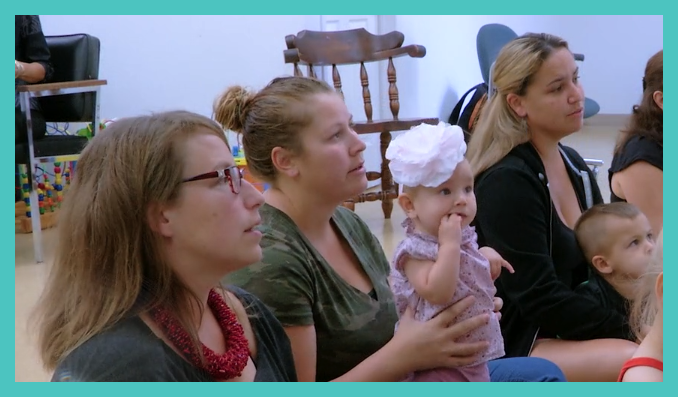The past several months have been a buzz of activity for the Center’s staff as we are in the middle of preparations for our 2019 Symposium and have also just released several new video pieces produced in partnership with ʻŌiwiTV. We checked in with Mokuola Honua’s Events and Communications Coordinator, Kuʻulei Bezilla, who is intimately involved in all of those initiatives.
Q: With the Mokuola Honua’s 2019 Symposium just over a month away, what can attendees expect?
A: We will be hosting our second symposium on November 19-22, 2019 in Hilo, Hawaiʻi. Our inaugural symposium in 2016 was attended by over 120 individuals, representing over 25 indigenous peoples from around the globe.
The driving goal of the upcoming 2019 Mokuola Honua symposium is to provide attendees a similar opportunity to engage with other indigenous language advocates in experiential learning and dialogue to increase capacity for furthering our language normalization efforts. We have developed the program to focus on the following outcomes:
• Creating relationships – personal and professional – between representatives from communities globally that are actively working on language revitalization and normalization initiatives
• Giving attendees an opportunity to experience and learn about the P-20 educational programming that has become the foundation of the Hawaiian language movement.
• Having invitees engage in breakout sessions to identify and analyze strategic priorities for the integration and promotion of our indigenous language in four sectors: education, government, media and business
• Engaging with leaders and decision-makers from these sectors of society to gain insight on how to refine these priorities in a manner that would facilitate the forming of meaningful partnerships in the broader societies where we are deploying our own individual language revitalization and normalization initiatives.
The overarching goal is to enlist attendees to identify the common denominators of success that are replicable globally in the ongoing work to strengthen indigenous perspectives through indigenous languages.
Invitations, including registration information, will be sent out shortly and we are looking forward to a great event!
**Space is limited but if you are interested in attending, please email us your name, contact information and the language program you are affiliated with.**
Q: One of Mokuola Honua’s focus areas is indigenous language advocacy and creating advocacy tools we can all use. Tell us about some of the recent pieces produced?
A: Over the past few years, Mokuola Honua has had the opportunity to document some great language revitalization work being done globally. We recently completed four new video pieces that speak to some of the gems of indigenous language medium schools and programs, including how our very own students are budding advocates themselves. These pieces also affirm the value of our collaborative work that allows us to learn from each other and garner critical support. We hope these pieces inspire new ideas and can be useful tools for everyone’s ongoing advocacy efforts!
Indigenous Languages: Advocating for our Nations’ Treasures
The world’s indigenous peoples, nations and their languages represent complex knowledge systems that have been in existence for thousands of years. Ensuring these languages continue to thrive via new generations being raised speaking them is a critical endeavor and one of growing support nationally, from bi-partisan policy-makers to native community members committed to advocating for these national treasures.
Indigenous Languages: The Legacy We Leave
Ensuring our languages thrive is one of the most precious gifts we can leave our children. While starting and implementing indigenous language revitalization programming is not for the light-hearted, the rewards are priceless. This piece affirms the fact that everyday people are doing extraordinary things, by working together and building on examples from other indigenous communities, to uplift their languages and leave this valuable legacy intact.
Pulakaulāhui: Indigenous Language Youth Advocacy Training Program
While advocacy is a skill that must be cultivated and refined, there are those whose upbringing and world-view position them as “natural advocates” for certain issues. Pulakaulāhui engages youth who have been educated entirely in Hawaiian and who are therefore “fruits of indigenous language advocacy.” If not for the advocacy efforts of the generations before them, they would not have had the privilege of growing up speaking their native languages. Who better to now step forward and lead the charge for our indigenous languages!
Lākina: Teaching Latin Through Hawaiian
One of the greatest challenges for the Hawaiian language movement is the misconception that English is the only other language that matters. At the Hawaiian language medium school of Nāwahīokalaniʻōpuʻu, teaching other foreign languages before the introduction of English as a subject has been a strategy to counterbalance this and to also increase English readiness in the process. One of these languages being taught through Hawaiian at Nāwahī is Latin!








